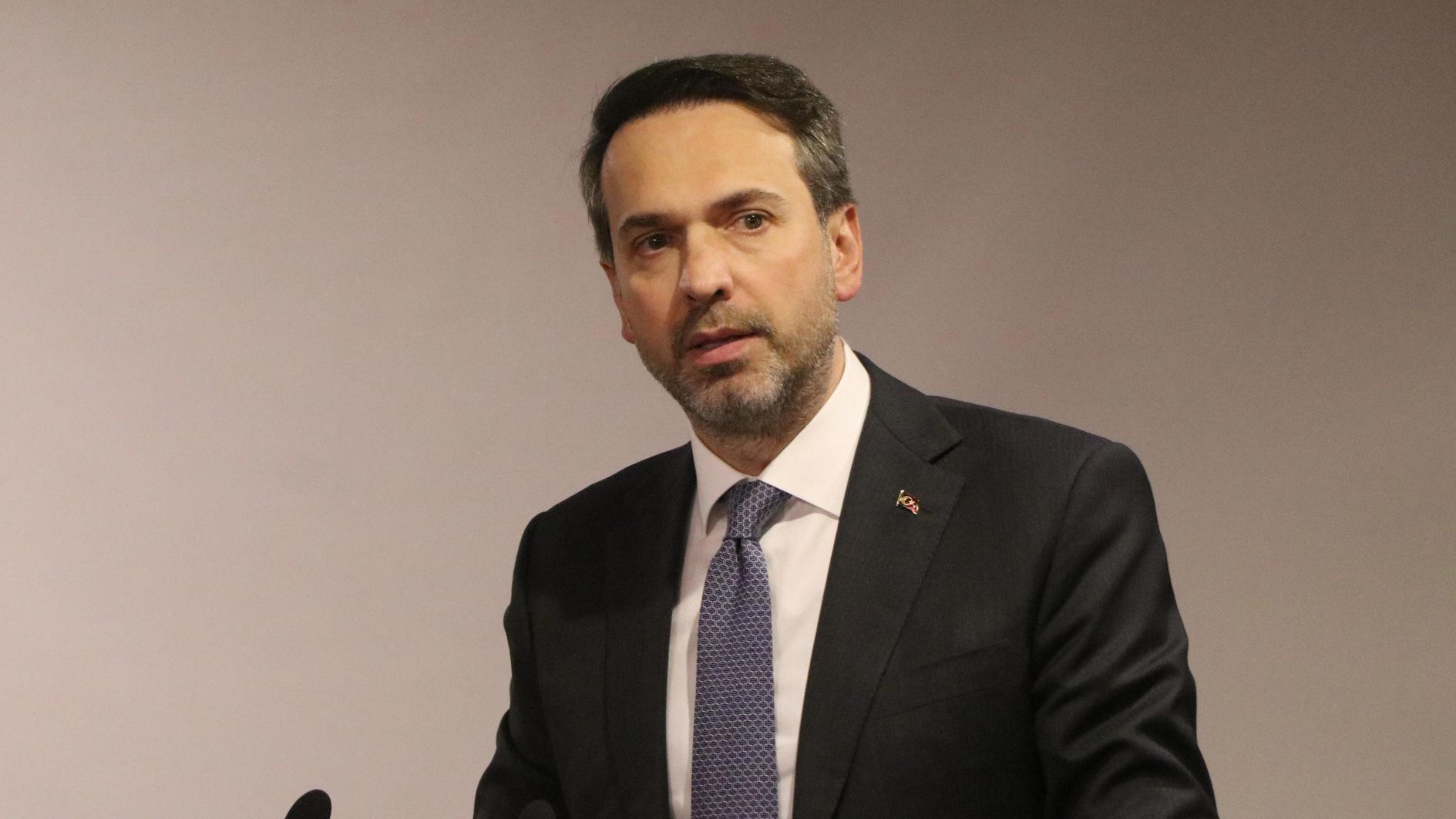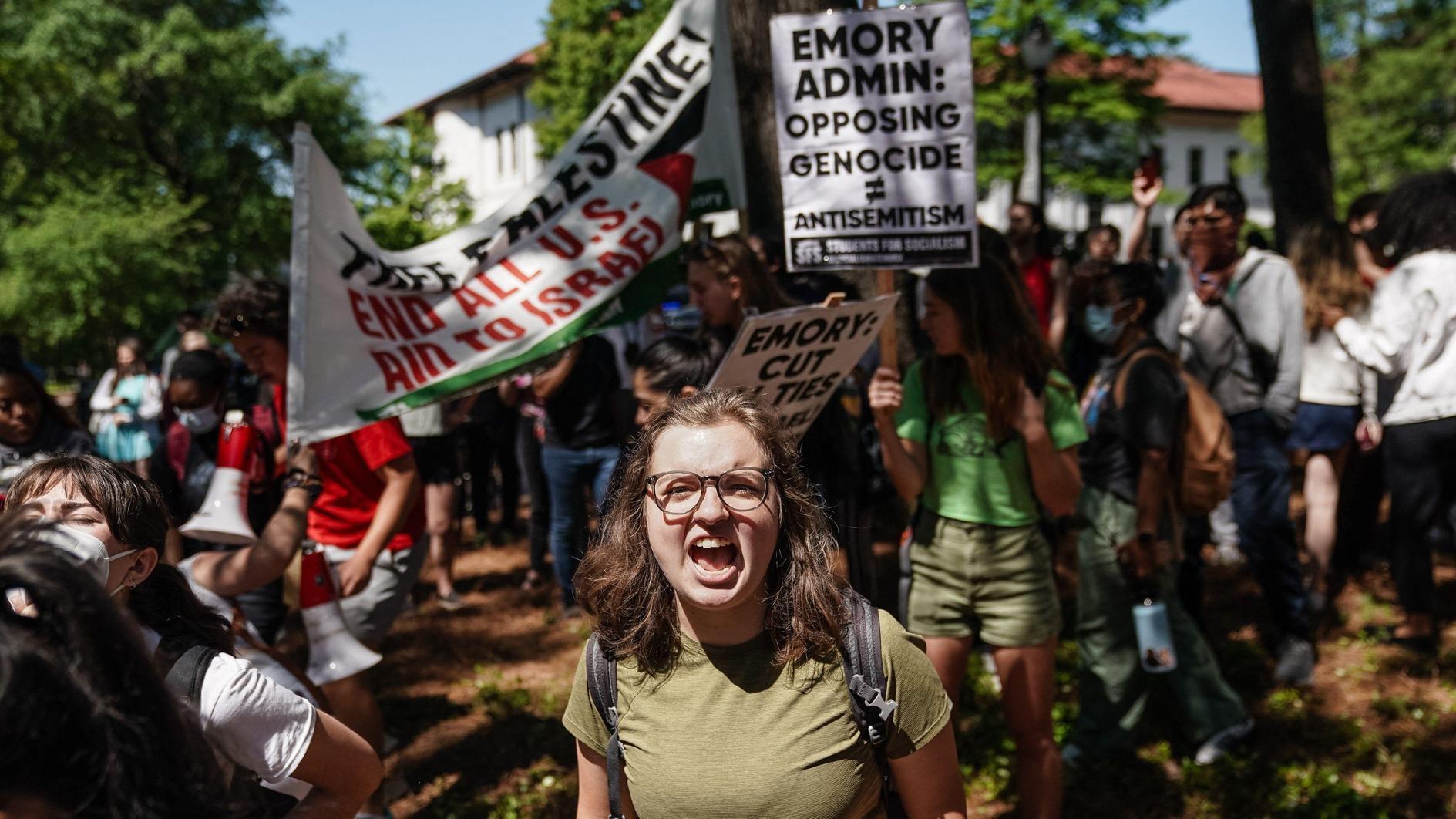Economic impressions from Cuba
I postponed my economic impressions of Cuba to write about the Nobel economics prize and the late Turkish economist Ali İhsan Gelberi. I was also working on how to make an argument that the Cuban economy is doing well. In the end, I just gave up.
Not that I would have done a bad job. For one thing, I know a lot about distorting and manipulating economic statistics from reading Turkish Finance Minister Mehmet Şimşek’s tweets. I would not have needed to falsify much data anyway: I could have pinpointed that Cuba is higher on the Human Development Index rankings than Turkey because of its more educated population and higher life expectancy.
I would not even have needed to resort to hard data. I could have argued that Cubans were miserable before the Revolution by showing Cuban artist Carlos Enríquez’s sarcastically-titled painting “Campesinos Felices” (Happy Peasants), or his compatriot Marcelo Pogolotti’s “El Cielo y la Tierra” (The Sky and the Earth) - both at the Museum of Fine Arts in Havana.
But at the end of the day, you don’t need to be an economist to figure out that the Cuban economy is not doing well; a stroll for a few hours in the capital will be more than enough. For example, you’ll see a state shop selling ice cream for only 1 national peso (4 U.S. cents), whereas old-style air conditioners are 400 convertible pesos ($400) next door, and an old man right outside on the street has a string of onions for $8.
These price distortions are a byproduct of not only the command economy but also of the large wage disparity created by the country’s dual currency regime I outlined in my Oct. 14 column. Cuban officials were well aware of the problem and had voiced their intentions to end this odd system. I was therefore not surprised when the Communist Party’s official newspaper Granma announced on Oct. 22 that a new unified currency would be phased in.
The dual currency is not the only quirk of the Cuban economy. After visiting the Revolution or Fine Arts museums, or maybe stopping for a Papa style daiquiri at Floridita, walk west for a couple of blocks and you’ll hit the world’s weirdest property market on Paseo de Marti. Since 2008, Cubans can buy or sell residences, but the agents are illegal. Therefore, hundreds of people gather on this promenade to form an open-air real estate market.
You’ll also make grimmer observations. I must have grabbed a few kilos of soap and shampoo from the hotels I stayed at, as beggars ask for those as much as money. Sex tourism is quite prevalent. In two of the four hotels I stayed at, I saw Western men with Cuban girls who are probably younger than their daughters, or in some cases granddaughters.
The government is pursuing reforms, albeit sluggishly. Small enterprises are being encouraged and cooperatives have been introduced in several sectors. Given the collapse of the Soviet Union into corrupt oligarchies after big-bang reforms, this gradual approach may not be such a bad idea. But Cuba just doesn’t have a lot of time.










